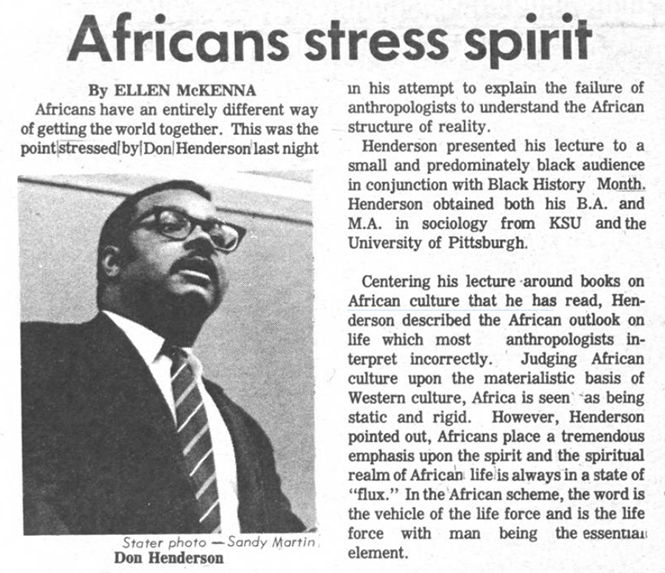Department of Special Collections and Archives digitize 1970s Staters
February 23, 2015
The Department of Special Collections and Archives at Kent State’s University Library recently digitized the original 1970s Daily Kent Staters.
This is the latest decade of newspapers to be available online.
Rennie Greenfield, a faculty member from the Special Collections and Archives, said the collection is mostly made up of rare books and manuscripts, along with blueprints for the buildings at Kent State.
This department also has multiple yearbooks and a small number of campus maps. Digitalized images and oral history archived from May 4, 1970 make up the collection as well, Greenfield said.
Greenfield explained the main purpose of the Special Collections and Archives Department.
“We try to preserve the institutional history for the people of Kent State,” Greenfield said. “So students who are only here for four years can get an idea of where the university has come from.”
The physical materials that are in the Special Archives Collection are very rare, so no one is able to take them out. Greenfield said they also have a collection of autographed books and first issues that aren’t capable of being checked out.
“The campus newspaper is a really high-use historical piece of information on campus,” said Cara Gilgenbach, an associate professor of University Libraries.
The digitalization of these issues is important because it allows more people to search and access it. The old papers, like anything of that age, are very fragile and only handled by certain people, said Virginia Dressler, the Digital Projects librarian.
Dressler said by digitizing these documents, it allows people who were forced to attend reading room hours in the library browse these documents at their leisure online. This broadens the amount of people who can access this information.
Dressler said the department used three outside vendors to complete this project, one for the scanning of the documents and another to host the software for the uploaded Stater. The third was for the mapping of the pages and making the text searchable.
Greenfield was in charge of the prep work for the project, since they can’t give the scanning company an unprepared document. Part of his job, Greenfield said, is to create a spreadsheet of the newspaper, so they know where the content is located within the issues.
He is in charge of marking down all errors on the pages so the company is aware of them, such as smudges or misspellings. Greenfield repairs rips in the pages as part of getting the documents ready to be scanned.
In order for the document to be searchable while online, one of the outside vendors put together the metadata, which maps out of the words and content on the page, Dressler said.
Optical Character Recognition (OCR) allows the system to look at the words and figure out what it says, so it will be able to be searched online, but Dressler said that there are problems with that. Smudges will affect the way the system reads the words and in turn leads to incorrect searches or missing entries.
The staff said they encourage readers to report any errors they see while looking through the paper.
“We have this new feature offered now where people can do this crowd source text correction,” Gilgenbach said.
It allows people to fix errors they find which will improve the content and make it easier for people to search throughout the document, according to Gilgenbach.
You can visit the uploaded Stater athttp://www.library.kent.edu/digital-collections/special-collections-kent-stater-digital-archive
Contact Nick Boone at [email protected].

























